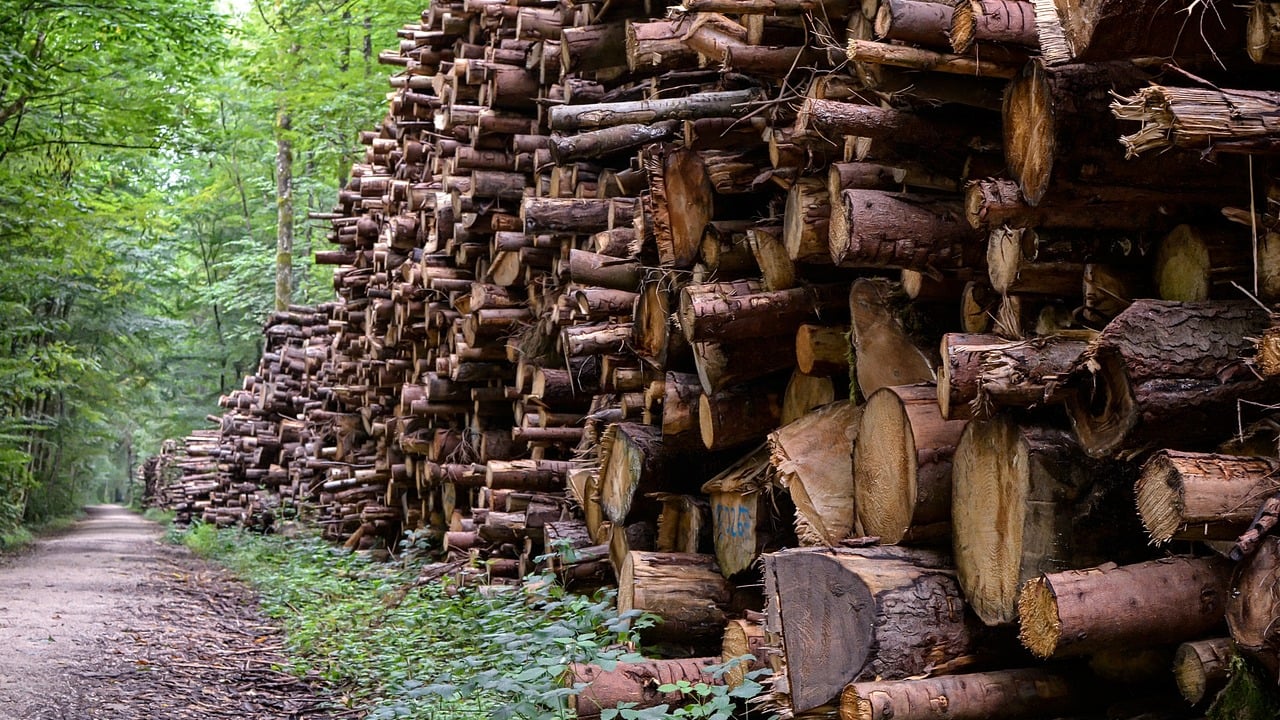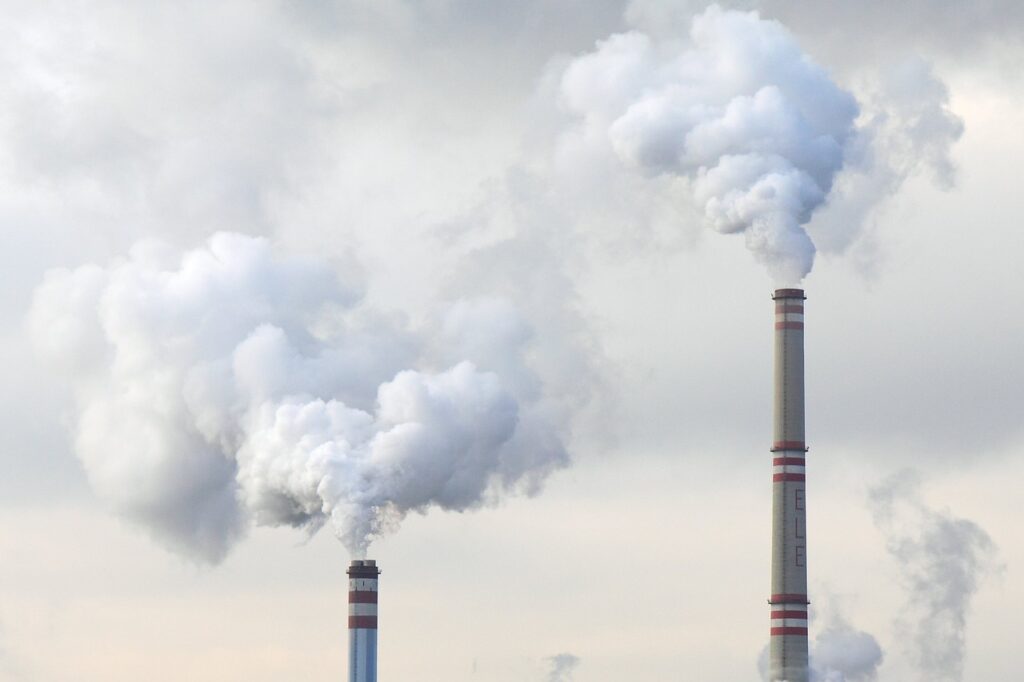Agriculture and forestry energy use down 1.1% in 2023
The EU’s agriculture and forestry sector consumed 26.4 million tonnes of oil equivalent of energy in 2023, according to new data released by Eurostat.
This represented a decrease of 1.1% compared with 2022.
The data shows the sector’s share of the total EU energy consumption remained unchanged at 3.0%.
The agriculture and forestry sector in The Netherlands accounted for the highest share of national total direct energy consumption at 7.8%, followed by Poland (5.2%), and Latvia (5.0%).
In contrast, Luxembourg (0.8%), Slovakia (1.3%), and Slovenia (1.6%) recorded the lowest shares.
Ireland placed 15th, with 3%, behind Portugal and ahead of Cyprus, in energy consumption in this sector.
In 2023, oil and petroleum products accounted for a majority (58.3%) of the EU agriculture and forestry sector’s direct energy consumption.
Electricity was the second-largest source, at 15.1%.
Gross available energy
Previously released data from Eurostat on gross available energy in the EU across all sectors showed that it continued its downward trend in 2023 (-4.1% compared with 2022 and -11.9% compared with 2013).
Oil (crude oil and petroleum products) continued to be the most significant energy source for the European economy (37.6%), while natural gas remained the second largest energy source (20.4%).
When comparing 2023 with 2022, oil increased by 2.0%, while natural gas decreased by 7.2%.
This decrease was related to the demand-reduction measures taken as a consequence of the Russian war on Ukraine.
Solid fossil fuels also decreased by 22.6%.
Nuclear heat slightly increased (+1.6%), while the contribution of renewable energy sources continued its consistent, long-term growth (+4.5% compared with 2022 and +31.2% compared with 2013).
Investment in renewables over the past decade is starting to reflect in consumer and business habits:
Renewables already surpassed solid fossil fuels in 2018 and 2019, and gained further ground in 2020, 2022, and 2023, when it trailed natural gas by less than one percentage point.






